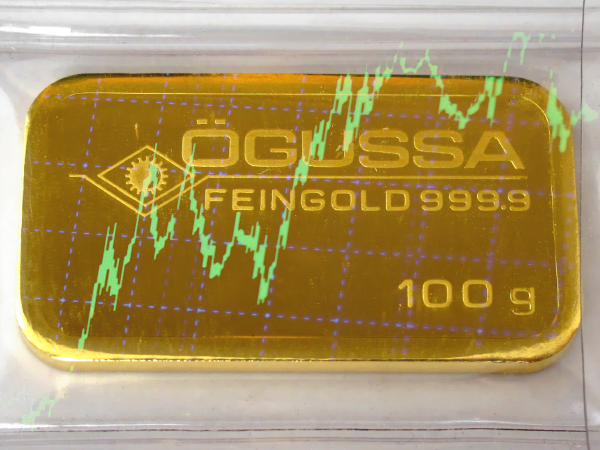
Although most assume that gold would have surged, this is not without precedent, with past cases resulting in massive upside for gold prices. See why here.
As the coronavirus crisis worsens throughout China and the rest of the world, the global market has seen its sharpest decline since the 2008 financial crisis. Virtually all equities plunged last week as traders rushed to dump their assets in favor of cash, with the Dow losing as much as 3,600 points within the week.
Some analysts found it curious that gold and silver prices also fell, with the metal dropping from about $1,640 to the $1,560 range during Friday’s trading session. Gold is known for its hedging properties and generally prospers as a consequence of stock selloffs, making the parallel action come off as unusual.
Yet upon closer inspection, one can see that a mutual selloff in both markets is not without precedent, and that similar cases in the past have resulted in massive upside for gold once the dust settled. Last year, much was said about the peculiarity of gold moving up together with stocks, considering the latter are seen as the metal’s biggest competitor. As gold kept climbing, however, it became clear that the metal’s numerous drivers and sturdy fundamentals were powering the gains as opposed to sentiment.
As various experts have explained, the precious metals selloff shouldn’t be of particular concern to gold investors as a massive wave of panic has taken hold of the markets. Peter Spina, president and CEO of GoldSeek.com, pointed out that some of the selling is a result of a general selloff by large funds, which recently increased their positioning in the gold market by a wide margin. Likewise, Peter Grant, vice president of precious metals at Zaner Metals, pointed out that the threat of contagion has significantly hampered physical transactions in China and India, two of the world’s biggest buyers whose bullion investors tend to favor in-person purchases.
Brien Lundin, editor of Gold Newsletter, noted that silver’s decline is also tied to diminished industrial demand, as the coronavirus has impacted both the commodity and energy markets. The already-skewed gold/silver ratio has now climbed above 95, exceeding last year’s peak and nearing its all-time high.
Despite the selling pressure from the past few days, there are good reasons to be excited about gold prices moving forward. Lundin pointed out that this kind of price action is part and parcel of any global crisis, as central banks invariably respond to damaged economies by introducing massive amounts of stimulus. The 2008 financial crisis, which ended up moving gold prices to all-time highs, was an example of investors recognizing that loose central bank policies are causing just as much damage to the economy as the crisis itself.
As in 2008, Lundin expects multiple rate cuts, quantitative easing and increased government spending in response to the crisis. Given gold’s tremendously positive response to successive and unexpected rate cuts in 2019, Lundin predicts that the coronavirus crisis will ultimately prove far more beneficial than detrimental to the precious metals market, adding that prices could retake their upwards trajectory with much greater vigor in the coming weeks and months.




